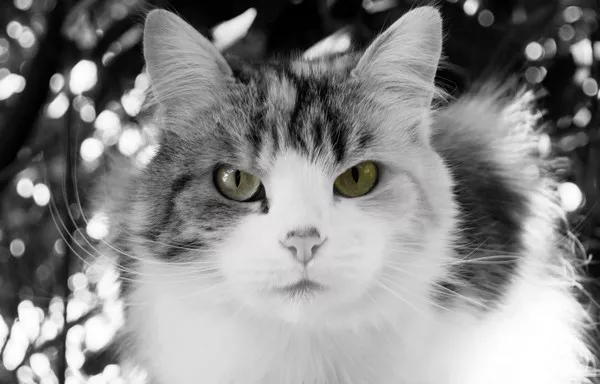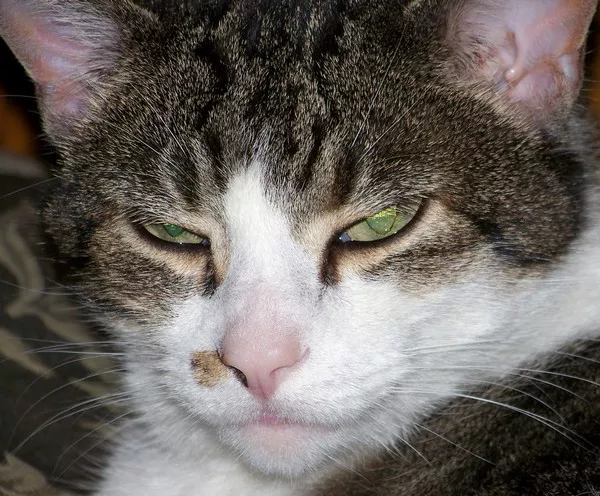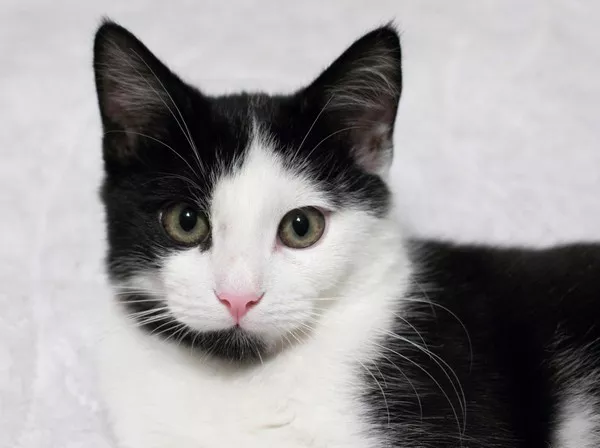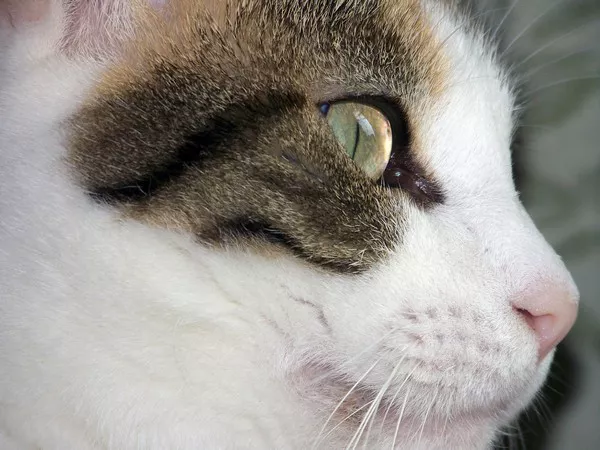Allergies are a common health concern, affecting millions of people worldwide. Among these, pet allergies are particularly prevalent, and cat allergies are one of the most frequently reported. If you find yourself sneezing, wheezing, or itching around calico cats, you might wonder, “Why am I allergic to calico cats?” This article explores the science behind cat allergies, why calico cats are not inherently more allergenic than other cats, and how to manage and reduce your allergic reactions.
Understanding Cat Allergies
What Causes Cat Allergies?
Cat allergies are primarily caused by proteins found in a cat’s skin cells (dander), saliva, and urine. The most common allergen is Fel d 1, a protein produced by cats’ sebaceous glands. When cats groom themselves, Fel d 1 is deposited on their fur and skin, eventually becoming airborne as dander. Inhalation or contact with these allergens can trigger allergic reactions in sensitive individuals.
Symptoms of Cat Allergies
Symptoms of cat allergies can vary from mild to severe and may include:
Sneezing
Runny or stuffy nose
Itchy, watery eyes
Skin rashes or hives
Coughing or wheezing
Shortness of breath
In severe cases, exposure to cat allergens can exacerbate asthma symptoms and lead to more serious respiratory issues.
Why Calico Cats?
What is a Calico Cat?
A calico cat is not a specific breed but rather a domestic cat with a distinctive tri-color coat pattern, typically featuring white, black, and orange patches. This coloration occurs due to genetic factors related to the X chromosome, making nearly all calico cats female.
Are Calico Cats More Allergenic?
There is no scientific evidence to suggest that calico cats produce more allergens than other cats. The color and pattern of a cat’s fur are determined by genetics and have no impact on the amount of allergens they produce. Allergies to calico cats are just as likely as allergies to any other cat, depending on the individual’s sensitivity to the allergens produced by all cats.
Genetics and Cat Allergies
The Role of Fel d 1 Protein
Fel d 1 is the primary allergen responsible for cat allergies. All cats produce this protein, though the amount can vary between individuals. Factors influencing Fel d 1 production include genetics, gender, and whether the cat is neutered or spayed.
Genetic Variation: Some cats may naturally produce lower levels of Fel d 1 due to genetic variations. However, this is not linked to their coat color or pattern.
Gender: Male cats generally produce more Fel d 1 than females, and intact males produce more than neutered males.
Neutering/Spaying: Neutered males and spayed females tend to produce lower levels of allergens than their intact counterparts.
Managing Allergies to Calico Cats
Environmental Controls
If you are allergic to calico cats (or any cats), managing your environment can help reduce exposure to allergens:
Regular Cleaning: Frequent vacuuming with a HEPA filter and dusting can help remove dander from your home. Wash bedding, curtains, and upholstery regularly.
Air Purifiers: Use air purifiers with HEPA filters to reduce airborne allergens.
Pet-Free Zones: Designate certain areas of your home, such as the bedroom, as pet-free zones to reduce allergen exposure in spaces where you spend significant time.
Grooming: Regularly grooming your cat can help reduce the amount of dander they shed. Consider using grooming wipes or rinsing your cat with water to help remove excess allergens.
Medical Treatments
Several medical treatments can help manage cat allergies:
Antihistamines: Over-the-counter or prescription antihistamines can help alleviate symptoms such as sneezing, runny nose, and itching.
Nasal Corticosteroids: These can reduce inflammation and relieve nasal symptoms.
Decongestants: These can help reduce nasal congestion and improve breathing.
Allergy Shots (Immunotherapy): For more severe allergies, allergy shots can help desensitize your immune system to cat allergens over time.
See Also: Can Burmese Cats and Dogs Eat Eggs?
Hypoallergenic Cat Breeds
Understanding Hypoallergenic Cats
While no cat breed is completely hypoallergenic, some breeds are known to produce fewer allergens. These cats might be a better option for individuals with mild to moderate allergies. However, individual reactions can vary, and it’s essential to spend time with a cat before deciding to bring it into your home.
Breeds to Consider
Some cat breeds that are often considered to be more suitable for allergy sufferers include:
Siberian: Known to produce lower levels of Fel d 1.
Balinese: Also referred to as the “long-haired Siamese,” they are known for producing fewer allergens.
Devon Rex and Cornish Rex: These breeds have less fur and shed less, reducing the amount of dander in the environment.
Sphynx: A hairless breed that requires regular bathing to remove oils and dander from the skin.
Research and Advances in Cat Allergy Treatments
Genetic Research
Ongoing research into the genetics of cat allergens aims to identify ways to breed cats that produce lower levels of Fel d 1. Scientists are also exploring the possibility of developing genetic therapies to reduce allergen production in existing cats.
Allergen-Reducing Cat Foods
Recent advancements have led to the development of cat foods designed to reduce the amount of active Fel d 1 in cats’ saliva. By feeding your cat these specially formulated diets, you can potentially lower the allergen levels in your home.
Allergy Vaccines
Research into allergy vaccines for humans is ongoing. These vaccines aim to desensitize the immune system to Fel d 1, reducing or eliminating allergic reactions. While still in the experimental stages, these vaccines offer hope for long-term allergy relief.
Living with Cat Allergies: Practical Tips
Allergen Reduction Strategies
Implementing allergen reduction strategies can help you live more comfortably with your calico cat:
Hand Hygiene: Wash your hands after petting your cat and avoid touching your face to prevent transferring allergens.
Cleaning Routine: Maintain a consistent cleaning routine to keep your home as allergen-free as possible.
Bathing Your Cat: While most cats do not enjoy baths, occasionally bathing your cat can help reduce dander. Use cat-safe shampoos designed to minimize allergens.
Building Tolerance
Some people find that their allergic reactions diminish over time as they build a tolerance to their cat’s allergens. Gradual exposure, combined with medical treatments, can help manage symptoms more effectively.
Seeking Support
Living with cat allergies can be challenging, but support is available. Join online forums or local support groups for pet owners with allergies to share tips and experiences. Consulting an allergist or immunologist can also provide personalized advice and treatment options.
Conclusion
While calico cats are not inherently more allergenic than other cats, the unique tri-color pattern does not affect their potential to trigger allergies. Understanding the underlying causes of cat allergies, particularly the role of Fel d 1 protein, is crucial for managing allergic reactions. By implementing environmental controls, seeking medical treatments, and considering hypoallergenic cat breeds or allergen-reducing products, you can enjoy the companionship of a calico cat while minimizing allergy symptoms. With the right strategies and support, living with cat allergies is possible, allowing you to maintain a healthy and fulfilling relationship with your feline friend.
























